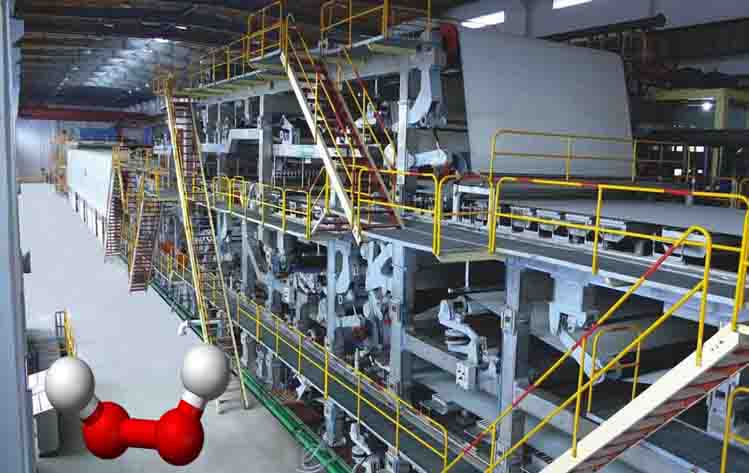

The most common chemicals used in the pulping process can be mainly divided into cooking aids, bleaching aids, waste paper deinking agents and other aids.
Cooking aids: they are chemical auxiliary agents for accelerating the penetration of the cooking liquor into the fiber raw materials or accelerating the delignification in addition to the cooking chemicals. The cooking aids can shorten the cooking time or reduce the cooking temperature, or reduce the amount of cooking agents and increase the pulp yield or strength.
Na2SO3 can be added to the alkaline sodium sulfite process when cooking in the caustic soda process. Na2SO3 can be added to replace the NaOH and Na2S in the sulfate process. Na2SO3 acts as an oxidizing agent for the oxidation of the reduction terminal group of carbohydrates and at the same time is a reagent for delignification. Therefore after alkaline treatment, the bleachability of the pulp is improved.
Bleaching chemical aids: they are used to enhance the stability of bleaching agents, reduce inefficient decomposition or cellulose degradation, and maintain pulp strength after bleached are known. For example, sulfamic acid, sodium silicate, sulfuric acid, etc. Phosphate commonly used in the paper industry include: sodium phosphate, sodium hydrogen phosphate, uranium pyrophosphate, uranium tripolyphosphate, etc. They are mainly to eliminate heavy metal ions.
Deinking agent is a chemical used to detach the ink, pigment particles and others adhering to the paper. For example, alkaline deinking agents include sodium hydroxide, sodium carbonate, silicate acid and other alkaline substances of saponified fats and oils, and surfactants and silicate pins that accelerate ink wetting, penetration, emulsification, dispersion, and separation from fibers (decolorization). Adding hydrogen peroxide to the deinking of waste paper can improve the performance of the surfactant and better separate the ink. However, the use of hydrogen peroxide as a bleaching agent in the pulper is not efficient because the ink and impurity levels are too high in the repulper to reduce the bleaching efficiency of hydrogen peroxide. It can be used in the bleaching stage to bleach the pulp.
Other aids mainly include defoamer. It often consists of percolating solvent and lipophilic surfactant. It has alkaline and high temperature resistance and gets added to pulp or black liquor to reduce or eliminate foam.

